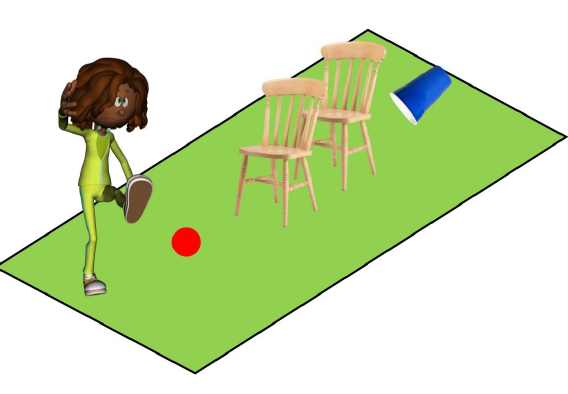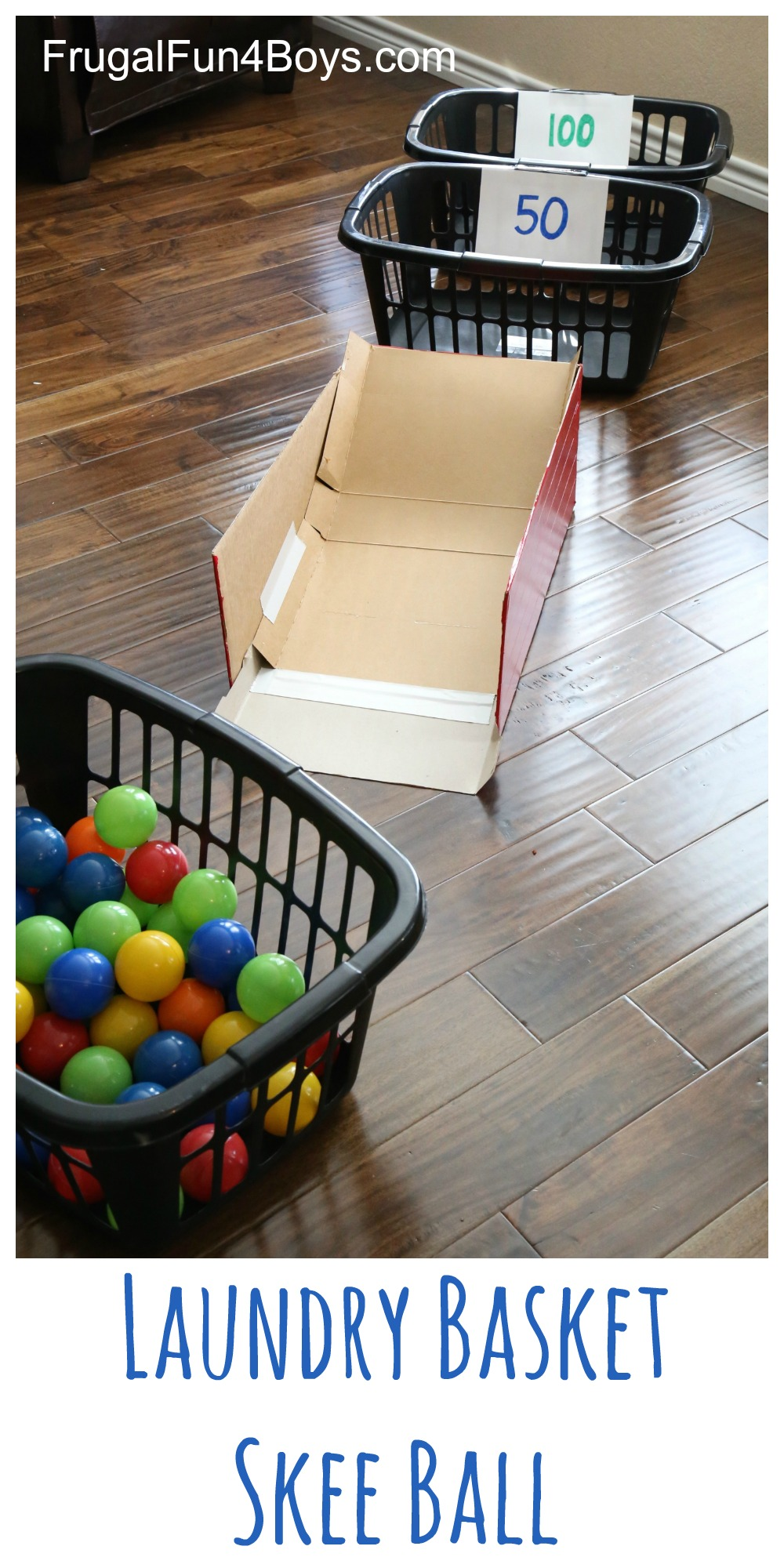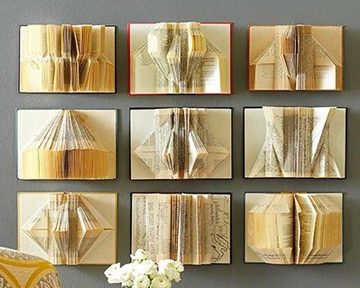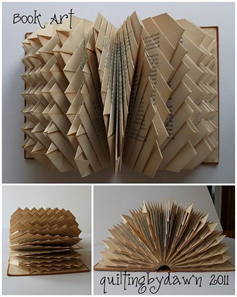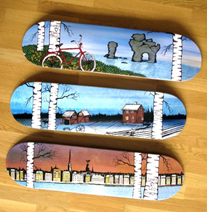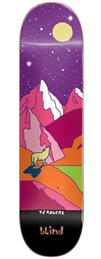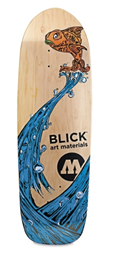Specialists - Year 5 & 6 Week 2
Week beginning – 20 April 2020
[If you want to see last week's Specialist pages again, click here]
P.E.
30-45 minutes per day
Monday
Warm-up - Jump, squat, turn
Click here for Go Noodle Jump squat turn around
Tennis racquet skills
If you don’t have a racquet at home, get creative and see if you can make one or just use your hand?
- How many times can you bounce a ball on the racquet face in a row?
- Bounce a ball on the ground using the racquet without stopping.
Count the number of times you can bounce the ball in 30 seconds? Can you beat it? - How many consecutive shots can you hit against the wall? What is your best score?
Tuesday
Warm-up
Fitness stations-
1 minute rest between each activity
- 1 minute of star jumps
- 1 minute of sit ups
- 1 minute of squats
- 1 minute of sprints (depending on your available space e.g. 10m)
- 1 min of step ups
Kicking
Use a soccer ball or AFL football to practise your kicking skills. Try to practise passing with someone in your family.
You might even be able to set up some goals in your backyard. What could you use for goals?
Wednesday
Warm-up Speed Stacks Stretch and Stack Click here
Foot Mini Golf
Use items at home to create your own mini-golf hole or course.
Use a small ball of any kind as your golf ball and your foot as the putter. (That's the golf club that gently taps the ball). Keep count of how many ‘hits’ it takes you to get the ball in the target. Try to beat your score.
Thursday
Fitness Monopoly Click here for fitness Monopoly
Friday
Warm up - Sit-up Stacking Click here
Laundry basket Skee-Ball
You will need: Empty cereal boxes, laundry basket, scissors and soft plastic balls (if you don’t have any, scrunch up newspaper to make a ball).
Set up: To create a curved ramp, join two flattened cereal boxes together lengthways with sticky tape and bend into a U shape. You can use sticky tape to keep the shape in place.
Place the laundry basket at a distance from where your ramp will be.
To play the game, tilt the ramp at an upwards angle, and roll the balls up the ramp so that they launch into the laundry baskets. It works best if you kneel to roll the balls.
Aim to roll the ball into the basket with the highest points. Add up your score.
You can play against yourself or another family member.
Keep your ramp in a safe place, as we will play this game again!
Spanish
30 minutes per week
Verb study: ESTAR (To be) – a temporary state of being
Key ideas: SER and ESTAR are verbs that need to be memorised because they are IRREGULAR verbs.
Irregular verbs are harder to learn because they don’t have the same rules as REGULAR verbs (such as the COMER example from last week).
Make a set of flash cards using all of the Spanish and English verb conjugations for SER and ESTAR.
Play a game of memory or snap- solo or with a sibling or parent.
English meaning (to be) - I am, you are, he is, she is, we are, you (all) are, they are
Spanish equivalent - Yo estoy, tú estás, él está, ella está, nosotros estamos, vosotros estaís, ellos, estan
Music
60 minutes per week
Make your own musical instruments!
Think about how we make percussion sounds in the music room – we hit things together, we shake things, we move one part of the instrument across another, we move the instrument around, we pluck strings.
Some ideas on how to do this:
- Fill most of a small container with rice, sand or pasta and shake it (don’t forget to put the lid on). You can experiment with different materials. Which sounds do you like best?
- Hitting different bowls or pots with a wooden spoon (please ask permission from your parents before doing this – there may be certain ones that are just too important for you to use!)
- Thick sticks can be used to make a set of claves. You could paint or decorate them any way you like, just think about the sound they will make.
- Pulling different sized rubber bands over a cookie cutter. How does the thickness affect the sound?
Activities with your instruments:
Play the beat and rhythm for songs on the radio, and any of the songs we have learnt over the past term.
The songs we have learnt:
Year 5: Zoodio, First You Make…
Year 6: John Kanaka
Create an ostinato for any of these songs or a song you hear on the radio. Make the ostinato four beats long and include our new rhythms (year 5: tim-ka, year 6: tam ti).
Art
60 minutes per week
Year 5
Recycled Art – book sculptures
Find a small hardback book that can be made into a work of art. (You'll need to check with your parents that you can use this book before doing any more).
Go to the back page and look at the page number to see how many pages the book has.
Find the middle page and start a folding pattern there, going from left to right. Practise a little at first and see what happens.
When it’s completed, open the book and pop it up on the wall.
Use the pictures attached for inspiration. There are demonstrations online for different patterns and designs.
Year 6
Painting or completing your skateboard design with colour
Consider your composition idea for your skateboard. If you don’t have your board, you can design your skateboard on paper, cardboard or anything else suitable.
Make sure you have the skateboard shape to work within - make it as large as you can. You will only need primary colours for painting.
If you are using any other kinds of colouring on paper, other than paint you can still follow the instructions below for complexity and refining your idea.
This will be your Art lesson for the first three weeks of term.
Be curious and experiment with achieving desired effects in your Art book before painting onto the board.
Line – You should use water colour and a fine brush for sketching the outline of your design onto the skateboard before painting with acrylic colours. If you use a lead pencil to begin your painting, be careful not to draw small intricate shapes that will be difficult to paint.
You can create movement and direction with the line of your paint brush marks when painting, and when colouring with oil pastels.
Consider how fast or slow this movement looks with the size and number of these marks. These marks are called TACHES.
You can outline shapes with clean lines if your paint is the right consistency, or create dry brush lines for a different effect.
Colour – warm and cool colours can be used to create texture and show depth of field.
Warm colours tend to come forward and cool colours tend to recede into a picture.
Remember there are many different kinds of each colour and you can make them all with your primary colours (refer to colour wheels from last year).
You can layer variations on the one colour letting the colour beneath show through by painting taches of a lighter or warmer colour on top of a darker colour. Harmonious colours can blend, and contrasting colours next to each other can ‘pop’.
Tone - black and white can be warm and cool and textured.
Remember shopping for ‘white paint’ at Bunnings with parents? How many whites are there do you think, can you name some?
The same can be said for black and grey – they can be warmed up with reds and yellow, or cooled with blues and greens.
You may notice that all white and black objects have degrees of grey in them depending on how the light hits them. So you will rarely paint anything plain white or black.
Texture – can be created layering colours and using varied TACHES.
How you apply paint can create rough texture if you leave spaces to see around and beneath these marks.
Painting solid colour will create a flat and smooth texture (you will want to avoid this for your whole painting).
Try contrasting textures next to each other. Patterns also create texture in a painting.
Explore techniques in your Art book.
Library
30 minutes per week
Listen to the story ‘Alfred’s War’ on Story Box Library or read an ANZAC Day story of your choice: Click here
Think about the ANZAC Day illustration you created last week and write a paragraph describing what ANZAC day means to you. See some written examples are below.
LEST WE FORGET
My illustration is about the thousands of soldiers lost in the war, not for them, not for money but for their country. The thousands of families that have lost loved ones, friends and family, may their stories last forever. The bravery and courage of the lost soldiers that have fought for our country will never be forgotten. Crosses upon crosses and poppies upon poppies that lay once on a battlefield remind us of the brave people who fought for a better future. Lest We Forget.
By Elana
LEST WE FORGET
We thank the soldiers with all our hearts. They sacrificed their precious lives to make our country the best it can be. Without them, we wouldn’t be who or what we are now. We must respect them and respect the choice they made. We also thank their families for their loving notes that made the soldiers passionate to protect our country. Finally, we thank the animals that helped us in the war. We must not forget that they had also taken steps to allow us freedom and to keep our country great. My illustration shows a pigeon delivering a message and having to fly through hard winds and noise. We must remember all lives lost.
By Josh
© Copyright Laburnum Primary School

